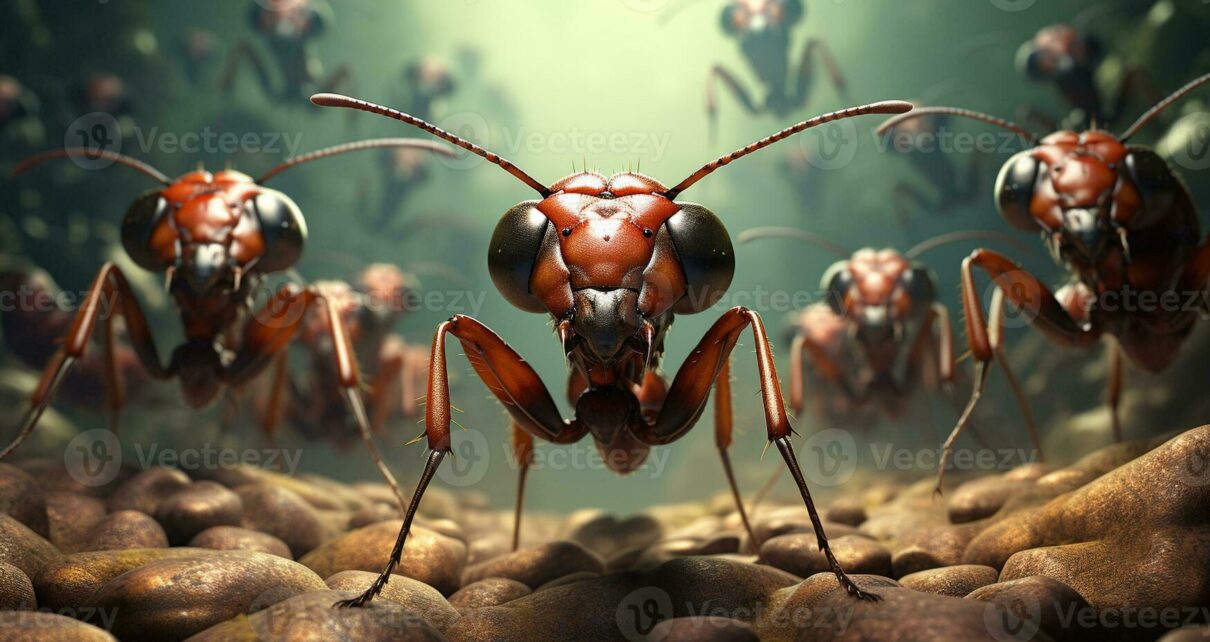This crow has allowed itself to be covered in ants.
Birds engage in a fascinating behavior called anting, where they rub insects, especially ants, on their feathers and skin. This can be done actively by picking up insects and applying them to their body or passively by lying in an area with abundant insects and performing dust-bathing-like movements. The insects secrete chemicals like formic acid, which possess insecticidal, miticidal, fungicidal, or bactericidal properties, providing potential benefits for the birds’ health and plumage maintenance.







